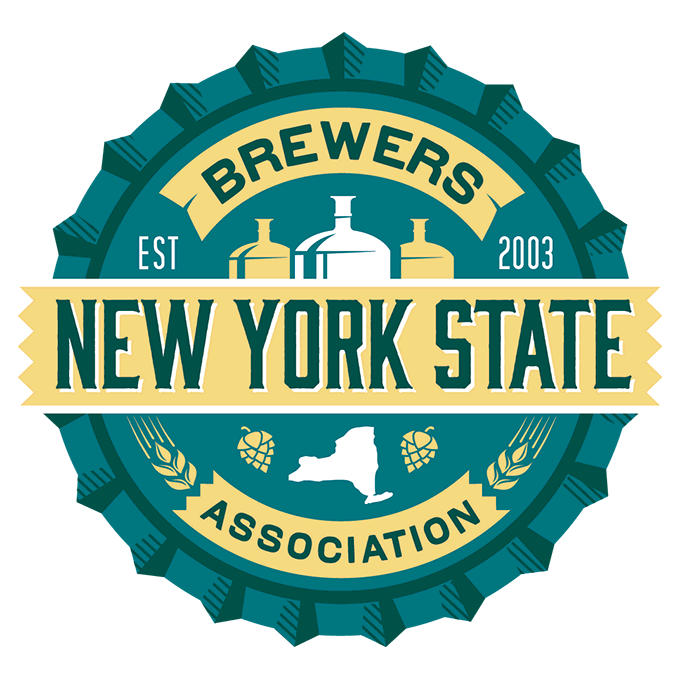
As a brewery owner or manager, you have a million things on your mind every day. And not to be presumptuous, but your website’s accessibility (or lack thereof) probably isn’t one of them – right? ADA compliance has become a hot topic over the last year, and it continues to grow in importance as we enter 2020. If you’re wondering if this actually concerns your business, the short answer is: yes. Just check out these series of lawsuits that were filed, including one against Brooklyn Brewery, for not providing a website that delivers an equal experience to those who are blind, deaf, or otherwise impaired.
There have been over 5,500 ADA Title III lawsuits filed between January 2019 and June 2019, a nearly 12% increase over the same time period in 2018, and it’s expected to continue to increase, possibly reaching 11,000 by the end of the year.
Before we get to what you can do about it, here’s one more bit of bad news. There is no way to be verified, 100% ADA compliant. Please read that back, because those trying to sell you on an idea otherwise are lying.
Now, that news doesn’t mean your brewery’s website is just a sitting duck until someone decides to file a suit. There are several steps you can and should take to make your website more accessible. After all, these are all potential customers visiting your website, why wouldn’t you want to make it usable for as many people as possible?
In 1990, the Americans with Disabilities Act (ADA) was created to protect those with disabilities from discrimination. It mandates that public spaces be accommodating to those individuals. While you may be familiar with this in regards to wheelchair ramps, this now stretches to commercial websites, which are also considered public space.
Title III, under this act, explains that any “barriers to service” need to be removed. Now that this extends to your brewery’s website, it includes all the content that exists there.
Let’s talk about what you can do about it, so you can get back to brewing beer and running your business.
Ideally, you’d want to practice proper accessibility guidelines during the development stage of your website. It’s much easier to take the time during this point than it is to go back and filter through code later on.
A good SEO plan will actually cover a lot of ADA compliance best practices. The foundation purpose of creating these plans is to make your website and content more easily found – aka accessed. The only difference is that ADA practices in regards to SEO are not “set it and forget it” tactics. It requires ongoing maintenance so that any new content added to the site follows these guidelines.
This one is tough and will likely require quite a bit of work on your (or your developer’s) part. Accessibility best practices recommended that you use contrasting colors on your brewery website to make the content stand out more and, therefore, more accessible. Now, we understand how this could pose a problem in regards to brand guidelines and stylesheets, but consider how adding an accent color could really enhance your brand image while simultaneously adding contrast. Use a color wheel to discover the best options that complement your current appearance.
Here’s where things start getting complicated. If you link to any other site from your website, then you’re also implying that that content is also accessible. So, if you have a social button linking to your Instagram profile (which you should), then you’ll need to make sure that you’re following as many of these guidelines as possible as it relates to your content there. This mainly involves:
You might be thinking, well, what if I’m linking to other websites – am I responsible for making sure they’re also providing accessible content? Yes and no. You’re certainly not responsible for their content, but you are implying that their content is accessible by providing a link from your website. It’s best to choose which sites you link to carefully.
We know this can sound daunting, and you shouldn’t immediately start stripping apart your website and rebuilding. If possible, start from the ground up in the development stage. If that ship has sailed, pick one tactic at a time and try to complete it as thoroughly as possible. Of course, you should always consult your legal representative to understand where you might have the most exposure and come up with a plan.
This blog post is not legal advice, but digital marketing and web development guidance based on industry standards. Please seek legal counsel if you feel that is appropriate.